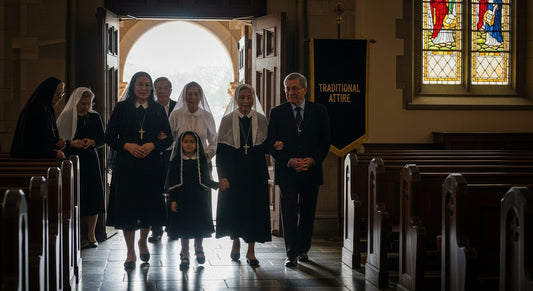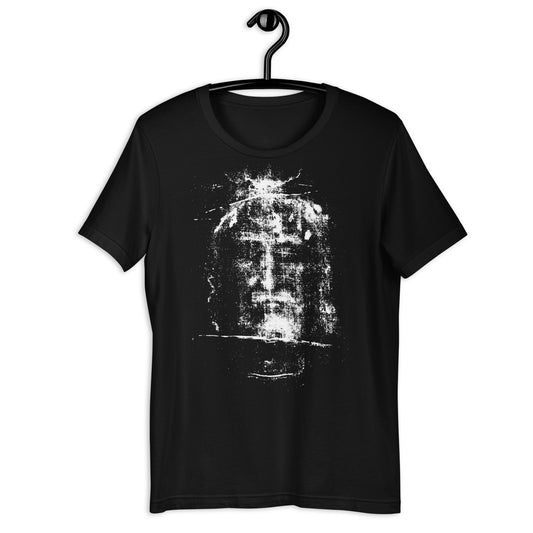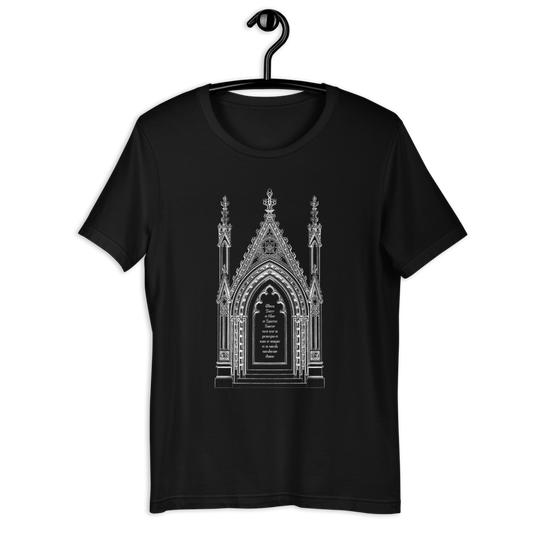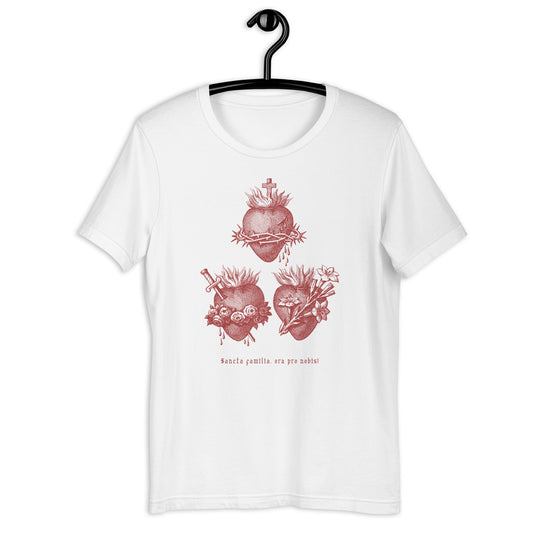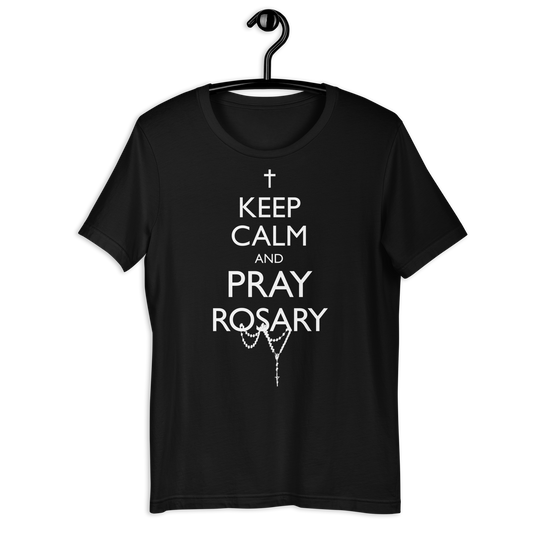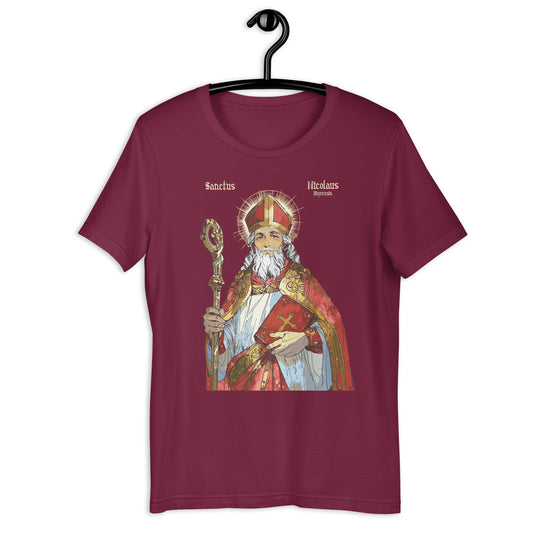Catholic art is more than just beauty on a church wall. Across history, it has shaped spiritual beliefs and preserved sacred stories through every brushstroke. Most surprising is that some of the world’s greatest masterpieces were not created for art’s sake, but as a way to teach faith to generations who could not read—over 80 percent of people in medieval Europe were illiterate. Art was their classroom, and the images, their lessons. What started as storytelling on stone and canvas became the heartbeat of centuries of faith.
Table of Contents
- What Is Catholic Art And Its Historical Roots?
- The Spiritual Significance Of Catholic Art
- How Catholic Art Communicates Faith And Beliefs
- Cultural Impact Of Catholic Art In Modern Society
- Connecting Personal Faith With Catholic Art
Quick Summary
| Takeaway | Explanation |
|---|---|
| Catholic art visually communicates faith. | It uses diverse forms like painting and sculpture to convey theological ideas and spiritual experiences. |
| Symbolism enriches Catholic artistic expression. | Each visual element serves as shorthand for deep religious meaning, facilitating understanding of complex concepts. |
| Art invites personal spiritual contemplation. | Engaging with Catholic art allows for introspection, turning passive observation into active personal engagement. |
| Modern artists reimagine traditional symbols. | Contemporary interpretations of religious imagery help connect spiritual themes with current societal issues and younger audiences. |
| Catholic art bridges cultural dialogue. | It actively engages with modern conversations, addressing themes of identity, justice, and human dignity within faith contexts. |
What is Catholic Art and Its Historical Roots?
Catholic art represents a profound visual language of faith, storytelling, and spiritual expression that has evolved through centuries of Christian tradition. At its core, this artistic form communicates theological concepts, biblical narratives, and sacred experiences through diverse mediums such as painting, sculpture, architecture, and liturgical objects.
The Theological Foundations of Catholic Art
Catholic art is not merely decorative but serves as a critical medium of religious communication and spiritual contemplation. Research from the Catholic University of America reveals that these artistic expressions emerge from deeply rooted theological principles. Artists seek to represent divine mysteries, human redemption, and spiritual truths through carefully crafted visual representations.
Key characteristics of Catholic art include:
- Symbolic representation of biblical stories
- Emphasis on human dignity and divine grace
- Intricate details reflecting theological complexity
- Reverence for sacred figures like Christ, Mary, and saints
Historical Development and Artistic Movements
The history of Catholic art spans multiple artistic periods, from early Christian catacombs to Renaissance masterpieces and contemporary interpretations. Each era brought unique stylistic approaches while maintaining core spiritual narratives. Medieval illuminated manuscripts, Baroque religious paintings, and Gothic cathedral designs demonstrate how artistic styles evolved while preserving fundamental religious messages.
To clarify the main distinctions and roles of key periods in Catholic art history, the following table compares the defining characteristics, time frames, and notable examples for each era.
| Artistic Period | Time Frame | Defining Characteristics | Notable Examples |
|---|---|---|---|
| Early Christian | 1st-5th centuries | Symbolic, narrative, focus on biblical stories | Catacomb frescoes, mosaics |
| Medieval | 5th-15th centuries | Illuminated manuscripts, iconography, Gothic style | Gothic cathedrals, illuminated texts |
| Renaissance | 14th-17th centuries | Emphasis on realism, human dignity, perspective | Works by Michelangelo, Raphael |
| Baroque | 17th-18th centuries | Dramatic lighting, emotional intensity, grandeur | Paintings by Caravaggio, Rubens |
| Modern/Contemporary | 19th century-present | Innovative media, reinterpretation of tradition | Multimedia installations, digital art |
For those interested in exploring this rich artistic tradition more deeply, our guide on Catholic Art Foundations offers comprehensive insights into the profound relationship between faith and visual expression.
The Spiritual Significance of Catholic Art
Catholic art transcends mere aesthetic expression, serving as a profound spiritual conduit that bridges human experience with divine revelation.
It functions as a powerful medium of theological communication, transforming abstract religious concepts into tangible, visually accessible experiences that invite contemplation and spiritual understanding.
Spiritual Transmission Through Visual Language
Art in the Catholic tradition operates as a sacred visual theology, enabling believers to encounter spiritual truths beyond textual or verbal explanation. Research from the Vatican Museum demonstrates that these artistic representations serve multiple spiritual purposes:
- Facilitating deep meditative reflection
- Preserving biblical narratives and theological teachings
- Connecting individuals to transcendent spiritual experiences
- Encouraging prayer and personal spiritual transformation
Iconography as Spiritual Pathway
Iconography in Catholic art is not decorative but a deliberate theological practice. Each image represents a carefully constructed spiritual pathway, inviting viewers into deeper contemplation of divine mysteries. Saints, biblical scenes, and religious symbols are meticulously crafted to communicate complex theological concepts through visual metaphors.
For those seeking to explore the deeper dimensions of Catholic aesthetic expression, our exploration of Catholic Aesthetics provides comprehensive insights into how visual representations connect faith and artistic creativity.
How Catholic Art Communicates Faith and Beliefs
Catholic art serves as a powerful narrative medium, translating complex theological concepts into visual stories that connect believers with spiritual truths. Through carefully designed symbolism, color, and imagery, these artistic expressions communicate profound religious messages that transcend linguistic and cultural barriers.
Symbolic Language of Religious Representation
Symbols play a critical role in Catholic art, functioning as visual shorthand for theological concepts. Research from the National Catholic Register reveals how specific visual elements carry deep spiritual significance:
- The cross representing redemption and sacrifice
- Halos indicating divine presence and holiness
- Colors like blue signifying heavenly grace
- Specific hand gestures communicating spiritual states
Narrative Techniques in Spiritual Communication
Artists employ sophisticated narrative techniques to convey religious experiences. Compositions are meticulously structured to guide viewers through spiritual journeys, using perspective, lighting, and positioning to emphasize theological principles. Medieval altarpieces and Renaissance paintings exemplify how visual storytelling can communicate complex theological ideas through intricate scenes depicting biblical events and saints’ lives.
This table summarizes the symbolic meaning of select visual elements commonly found in Catholic art, illustrating how each contributes to communicating theological messages.
| Symbol | Visual Representation | Spiritual Meaning |
|---|---|---|
| Cross | Central figure/object | Redemption, sacrifice |
| Halo | Glowing ring around head | Divine presence, holiness |
| Blue (color) | Garment, background | Heavenly grace, purity |
| Hand Gestures | Specific finger positions | Spiritual states, blessing or teaching |
| Saints | Unique attributes/items | Individual virtues, faith models |
For those interested in exploring how modern expressions of faith intersect with artistic communication, our guide on evangelizing through contemporary mediums offers fascinating insights into creative spiritual communication.
Cultural Impact of Catholic Art in Modern Society
Catholic art continues to play a transformative role in contemporary cultural discourse, bridging traditional spiritual expressions with modern societal narratives. Far from being confined to historical museums, these artistic representations actively engage with current social conversations, challenging and enriching our understanding of faith, identity, and human experience.
Redefining Cultural Dialogue
Research from the Catholic University of America reveals that Catholic art serves as a critical medium for cultural interpretation and social commentary. Contemporary artists are reimagining religious imagery to address complex modern themes, creating powerful intersections between spiritual tradition and current social dynamics:
- Challenging cultural stereotypes about religious expression
- Exploring intersections of faith with social justice
- Providing visual narratives of human dignity
- Bridging generational and cultural divides
Artistic Innovation and Spiritual Expression
Modern Catholic artists are not merely preserving tradition but actively reinterpreting spiritual concepts through innovative visual languages. They transform traditional iconography into contemporary forms that resonate with younger generations, making religious narratives accessible and relevant.
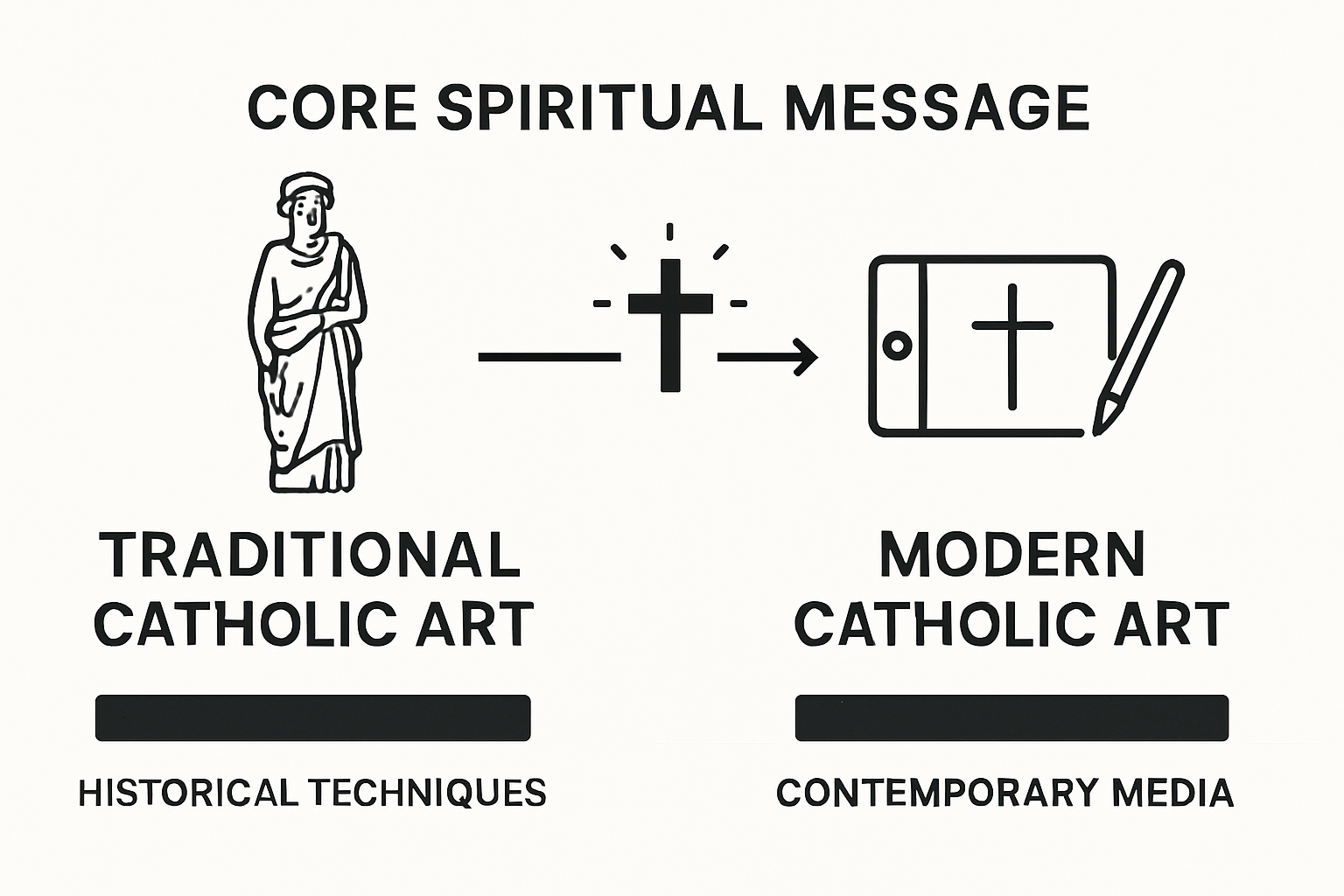 Multimedia installations, digital art, and experimental visual techniques demonstrate how Catholic artistic expression continues to evolve and engage with current cultural landscapes.
Multimedia installations, digital art, and experimental visual techniques demonstrate how Catholic artistic expression continues to evolve and engage with current cultural landscapes.
For those intrigued by the intersection of faith and contemporary creativity, our exploration of modern Catholic fashion offers fascinating insights into how spiritual traditions find expression in current cultural contexts.
Connecting Personal Faith with Catholic Art
Catholic art offers a profound pathway for individuals to explore and deepen their spiritual journey, transforming passive religious observation into active personal engagement. By creating visual bridges between theological concepts and individual spiritual experiences, art becomes a powerful medium for personal faith reflection and growth.
Spiritual Contemplation Through Visual Meditation
Research from the University of Notre Dame demonstrates that engaging with Catholic art allows believers to experience spiritual truths beyond intellectual understanding. Visual representations invite personal introspection and emotional connection with religious narratives:
- Facilitating silent prayer and contemplation
- Translating abstract theological concepts into tangible experiences
- Encouraging personal interpretation of spiritual mysteries
- Creating spaces for intimate spiritual dialogue
Personal Narrative and Artistic Interpretation
Catholic art serves as a dynamic interface between individual spiritual journeys and broader religious traditions. Each artwork becomes a personal invitation to explore one’s faith, allowing believers to see themselves within larger spiritual narratives.
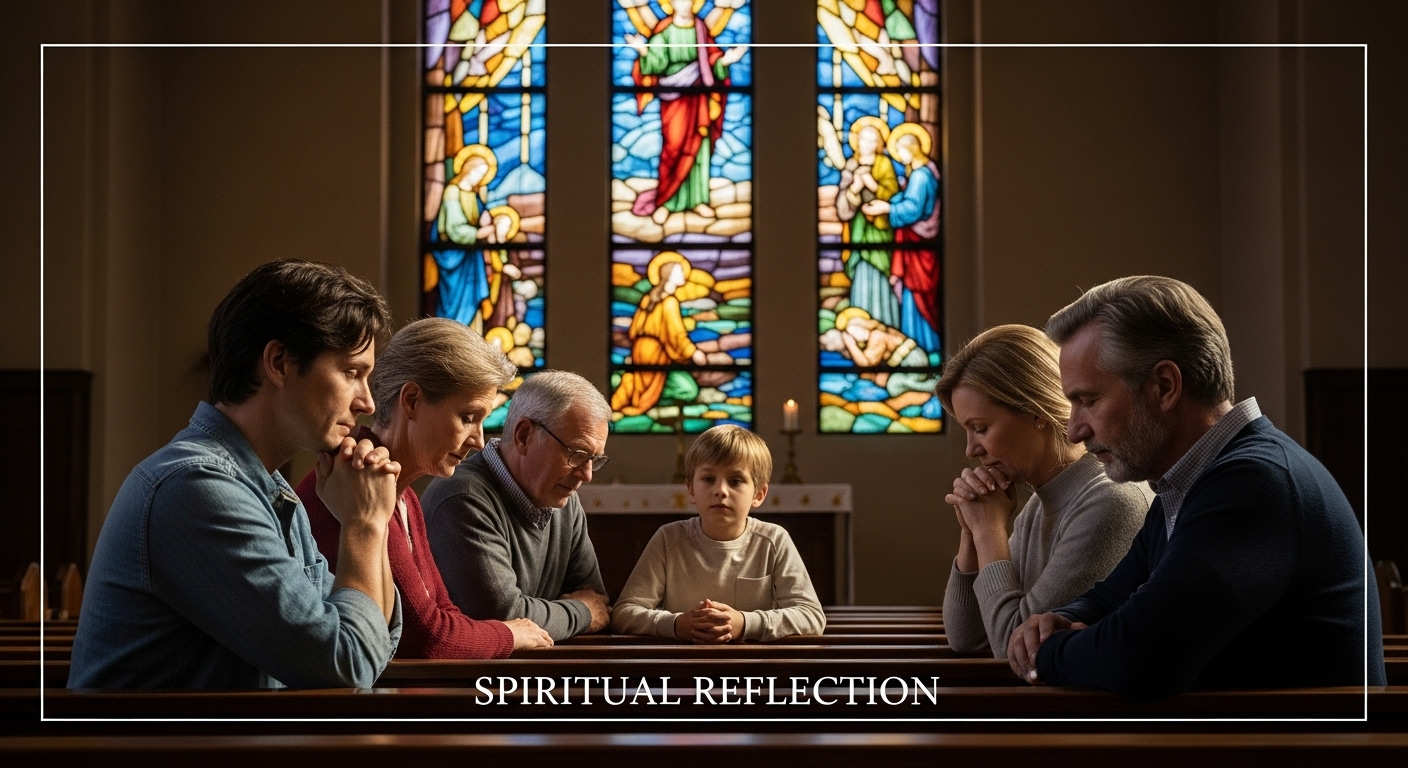 Renaissance paintings, contemporary installations, and traditional icons provide visual metaphors that resonate with personal experiences of struggle, redemption, grace, and transformation.
Renaissance paintings, contemporary installations, and traditional icons provide visual metaphors that resonate with personal experiences of struggle, redemption, grace, and transformation.
For those seeking to explore how faith intersects with creative expression, our exploration of contemporary Catholic fashion offers unique perspectives on modern spiritual storytelling.
Bring Catholic Art into Everyday Life
Understanding why we study Catholic art makes it clear that faith should not remain hidden. The article explores how art is far more than decoration. It is a living testimony and a conversation with our spiritual heritage. But many people find it difficult to bring this rich tradition into their modern day lives or feel hesitant to display their beliefs in public. If you have ever wished to live your faith confidently and make Catholic culture visible, you are not alone. Now is your chance to transform understanding into action by decorating your space with pieces that start conversations and inspire faith.
Explore Catholic Art Canvas Prints

Discover striking Catholic wall art and meaningful gifts for Catholics that speak louder than words. Take the next step and visit Deus Design. Surround yourself and your loved ones with reminders of what truly matters. Start your journey today and let your space proclaim your faith.
Frequently Asked Questions
What is the significance of studying Catholic art?
Studying Catholic art allows individuals to explore profound theological concepts, engage with spiritual narratives, and understand how visual expression has shaped religious communication throughout history.
How does Catholic art serve as a medium of theological communication?
Catholic art acts as a sacred visual language, transforming abstract religious ideas into accessible visual experiences that facilitate contemplation and enhance understanding of faith.
In what ways does Catholic art reflect modern cultural issues?
Modern Catholic art reinterprets traditional themes to address contemporary societal conversations, exploring topics such as social justice, human dignity, and the intersection of faith and culture.
How can engaging with Catholic art deepen personal faith?
Engaging with Catholic art invites personal reflection and emotional connection, allowing individuals to see their own spiritual journeys within the broader context of religious narratives and experiences.
Recommended
- Understanding the Catholic Art Guide: Faith in Creation – deusdesign
- Understanding What is Catholic Aesthetics: A Deep Dive – deusdesign
- 7 Essential Tips for Choosing Catholic T-Shirts – deusdesign
- Understanding Why Design Matters in Church Today – deusdesign
- Why Buy Original Art in South Africa: Key 2025 Insights - Art-Online




